Like us, our dogs may experience vision changes and abnormalities. These can include minor conditions like dry eye or allergies to those leading to blindness, like cataracts.
Cataracts are a formidable foe, but in most cases, surgical treatment will allow your dog to see better in no time. Cataracts are most commonly seen in older dogs, but they can occur in puppers of any age, especially if they have underlying health issues.
Below, we’ll discuss canine cataracts and potential treatments that may improve your dog’s vision.
Cataract Surgery in Dogs: Key Takeaways
- Just like humans, dogs can suffer from cataracts. Characterized by the hazy appearance of one or both eyes, cataracts can lead to pain and eventual vision loss in some cases.
- Cataracts can be treated, but surgery is the only way to do so. During this surgery, your dog’s cloudy-looking lens will be removed and replaced with an artificial lens, which will usually resolve the problem and restore your dog’s vision.
- Unfortunately, not all dogs are good candidates for cataract surgery. However, most dogs can learn to adopt to the loss of vision in one or both eyes, if necessary.
What Are Cataracts in Dogs?
The term cataracts refers to cloudiness within the eye, which is caused by a change in ocular proteins or water.
Occurring in the lens portion of the eye, cataracts partially or completely prevent light from reaching your dog’s retina, thereby leading to blurry vision.
The cloudy film interrupts the once-focused stream of light, forcing it to ricochet around the inner eye area (or reflect off the cataract completely, in advanced cases) where it’s processed in the retina.
If not treated, cataracts can eventually cause your dog to become completely blind.
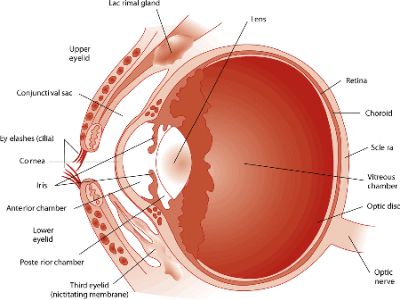
A glassy or milky sheen to your dog’s eye is generally the first symptom of cataracts. Upon discovery, it’s a good idea to give your vet a call and set up an exam, especially if your pooch has any existing eye conditions or diseases, like diabetes.
Are Cataracts Painful for Dogs?
Cataracts don’t necessarily hurt your dog at first, but they can cause sensitivity to light that leads to discomfort. Over time, cataracts can cause painful inflammation. In humans, they can also trigger headaches (of course, we can’t ask our pets how they’re feeling, but it’s likely that cataracts can cause dogs to suffer headaches too).
Why Do Some Dogs Get Cataracts?
Cataracts are often genetic, but some health conditions can cause them, such as eye trauma, diabetes, or eye inflammation. Diabetic cataracts are notoriously fast in onset, making blood sugar management an absolute must in diagnosed dogs to prevent sudden issues.
Some breeds experience cataracts more often than others, including Labrador retrievers and Boston terriers. The condition is also linked to double merles, along with other serious eye conditions. Many breeders choose to invest in eye certification for their dogs, ensuring to potential buyers that they’re producing quality puppies without known hereditary eye conditions.
How Are Cataracts in Dogs Treated?
Your vet will first perform an exam to establish the cataract severity and may use specific grading terms, including:
- Incipient: Involving less than 15 percent of the lens, this level is so minor it may need magnification for diagnosis. At this level, your dog’s vision is still uninterrupted.
- Immature: At this point, over 15 percent of the lens is infected but not the entire lens. The effect on your pup’s vision is minimal to mild.
- Mature: The entire lens is clouded at this level, and your vet can no longer see the retina during an exam. Your dog’s vision is greatly impacted at this stage, and he may be blind or nearly so.
- Hypermature: By this point, the lens is severely affected physically, shrinking or wrinkling in appearance. This can lead to painful inflammation.
Unfortunately, there are no canine eye drops or quick over-the-counter fixes for cataracts; the only approved treatment is surgery.
Upon diagnosis, your dog will first undergo preoperative screening with an eye specialist to ensure he is a candidate for surgery. This may include ocular ultrasound to check for retinal detachment or inflammation, and an electroretinogram to test your dog’s retina functionality.
During cataract surgery, your dog will be placed under general anesthesia and the cloudy portion of his lens will be removed using a technique called phacoemulsification. This process removes the old, clouded lens and replaces it with an artificial lens implant that functions as your dog’s original lens once did.
We’ve added a video of a dog undergoing cataract surgery below for owners who’d like to better understand the procedure.
We just wanted to provide a bit of a warning first: This is pretty graphic content, which some readers may find difficult to watch.
It is definitely not for the squeamish.
How Much Does Cataract Surgery for Dogs Cost?
Unfortunately, cataract surgery for dogs isn’t exactly cheap.
This is partially due to the nature of the procedure (it is typically performed in a hospital setting, rather than your vet’s office), but it is also because you’ll have to work with a vet who’s been trained to perform these types of surgeries. Typically, that means you’ll need a veterinary ophthalmologist or a vet who has a specialist certification in ophthalmology.
The total costs you’ll end up facing will obviously depend on a variety of things, including your dog’s size and health status, as well as your pet insurance plan, if you have one.
That said, most canine cataract surgeries will cost between $2,700 and $4,000. But while this is obviously a lot of money, most owners are happy knowing that the surgery will give their pet a good chance of seeing normally again.
Pet insurance can obviously help pay for some surgical procedures, but it helps with other things too. Check out some of the other benefits of pet insurance plans.
What to Expect After Canine Cataract Surgery
Immediately after bringing your pet home, he may experience mild eye redness or sensitivity to light, which is to be expected. Just hang out in a dim room with him for that first day home and keep him cozy.
He’ll come home with some aftercare items like eye drops and oral medications that need to be used for several days or weeks. He will also likely wear an e-collar for a few days to keep him from pawing or rubbing at his eye as it heals. During this time, he’ll need to be walked on a leash to potty, so he doesn’t start romping around and accidentally injure his eye.
Expect a follow-up appointment in a week or two to check on his healing. At this appointment and subsequent follow-ups, your pup’s meds may decrease and fade out over time, though some dogs remain on drops for life.
Can Dogs See Again After Having Cataract Surgery?
Most dogs recover easily from the surgery and regain vision completely within 24 hours, though a small portion of dogs do not have positive outcomes. In these cases, secondary complications may arise, such as glaucoma, retina detachment, infection, or eye inflammation that lead to worsened vision or total blindness.
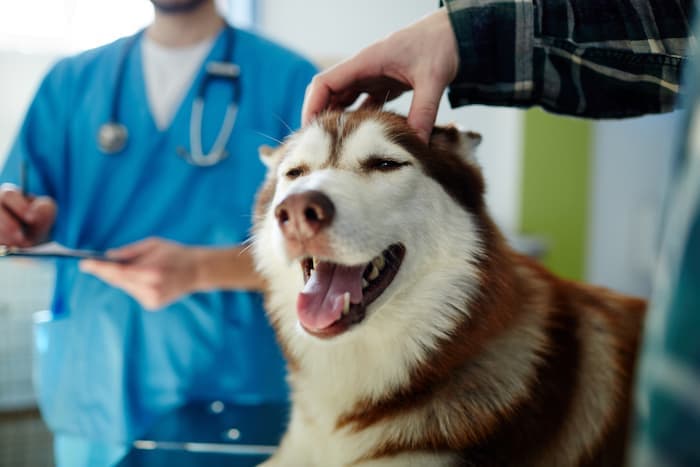
You can improve your dog’s chances of a positive surgical outcome by having a proper pre-surgical screening done, including ocular ultrasound. Also, follow all aftercare instructions to the letter and contact your veterinarian if anything seems off during the healing process.
Cataract Surgery in Dogs: Not All Canines Are Good Candidates
Sadly, not all dogs are a good match for cataract surgery. Retinal deformations, detachments, and degeneration may rule your dog out for cataract surgery along with glaucoma and ocular inflammation.
While it may be alarming to hear that your dog cannot be treated and may go blind, your dog can still live a quality life, even if he becomes blind (or mostly blind) due to cataracts.
Blind dogs usually get around just fine, and with a few tweaks to your home, it can be blind-dog friendly in no time. Your vet will likely prescribe anti-inflammatory eye drops to prevent any secondary conditions caused by cataracts, too.
Can Cataracts in Dogs Be Prevented?

Through careful breeding, the risk of some issues like cataracts can be reduced in doggos, but they can’t always be prevented entirely.
Eye injuries and certain illnesses like diabetes can make your dog more susceptible to cataracts in time, along with certain medical conditions. In diabetic dogs, the onset of cataracts can be rapid, as we discussed above. Your best prevention of diabetic cataracts is working with your veterinarian to craft a diet for diabetic dogs that’ll keep your dog’s blood sugar under control.
To prevent your dog’s cataracts from reaching inoperable levels or causing secondary problems, check your dog’s eyes frequently, especially if he has diabetes. At the first sign of glassiness or cloudiness, make an appointment with your vet for a thorough exam.
Do All Vets Perform Cataract Surgeries for Dogs?
Not all vets can conduct canine cataract surgery, unfortunately.
A veterinary ophthalmologist specializes in dog eye health and can tackle the challenges presented by canine cataracts. These specialists can be hard to find in some places and may require a veterinary referral for their services.
Don’t have easy access to a vet? You may want to consider getting help from JustAnswer — a service that provides instant virtual-chat access to a certified vet online.
You can discuss the issue with them, and even share video or photos if need be. The online vet can help you determine what your next steps should be.
While talking with your own vet — who understands the ins and outs of your dog’s history — is probably ideal, JustAnswer is a good backup option.
***
Has your dog had cataract surgery? Any tips, tricks, or advice for other pup parents? Share them with us in the comments.
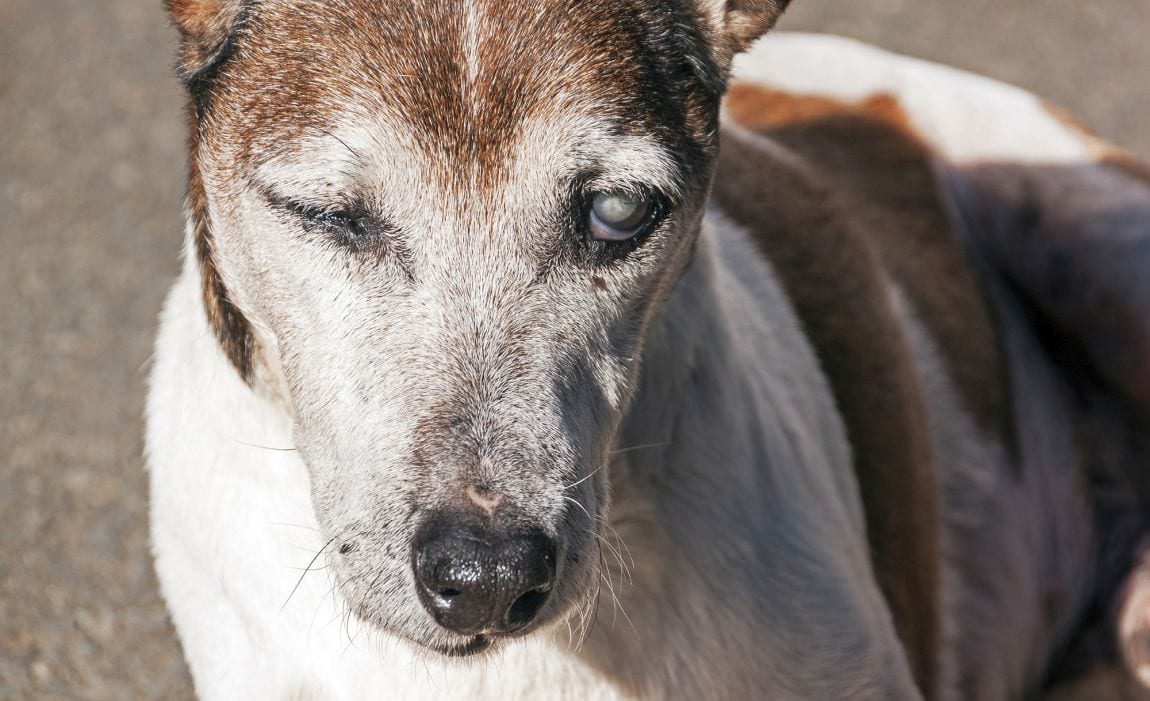


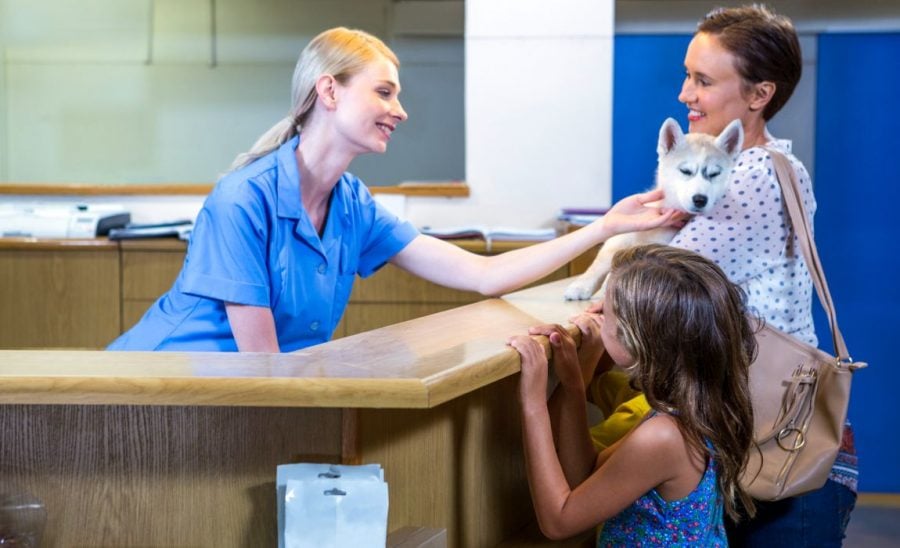



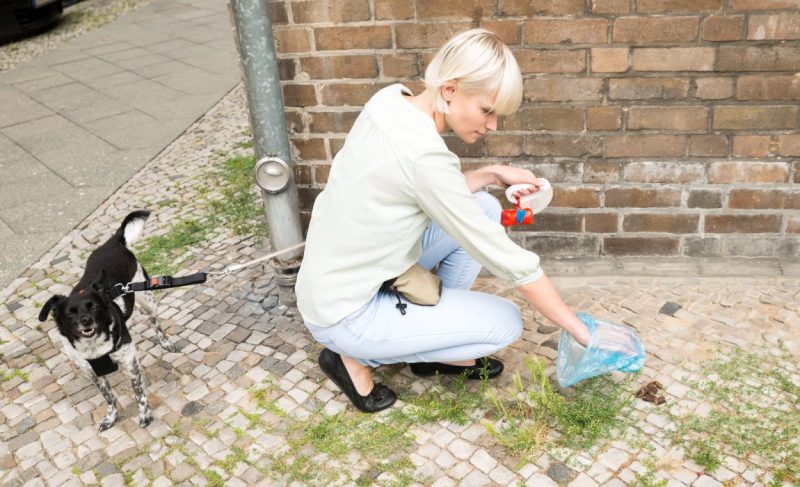

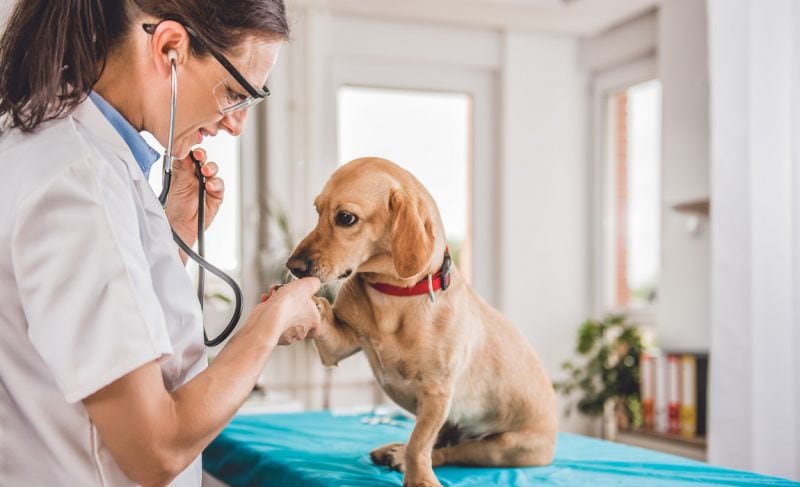
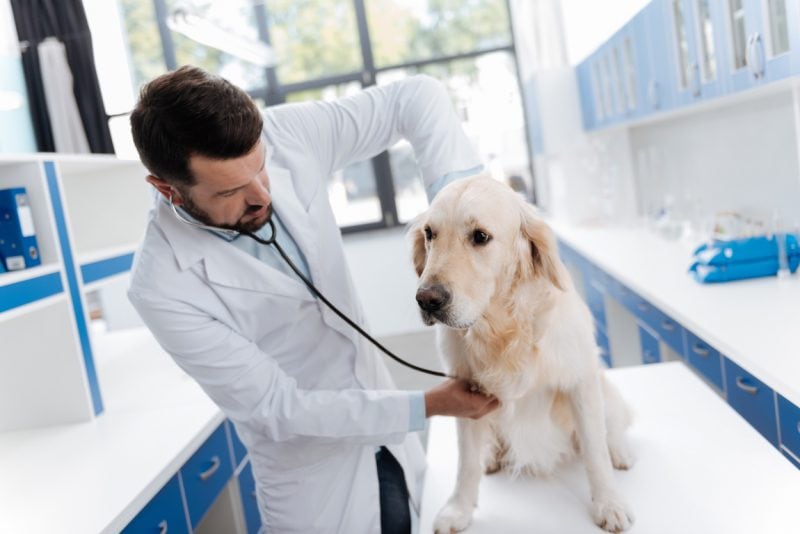
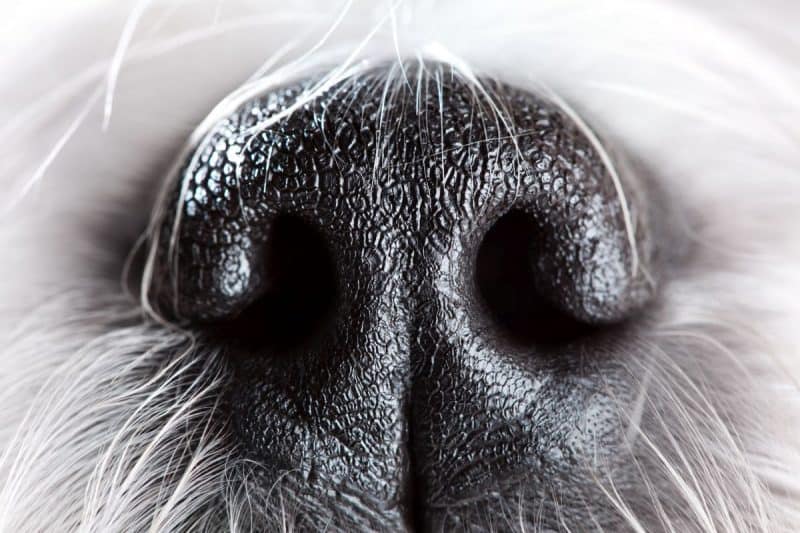


Leave a Comment